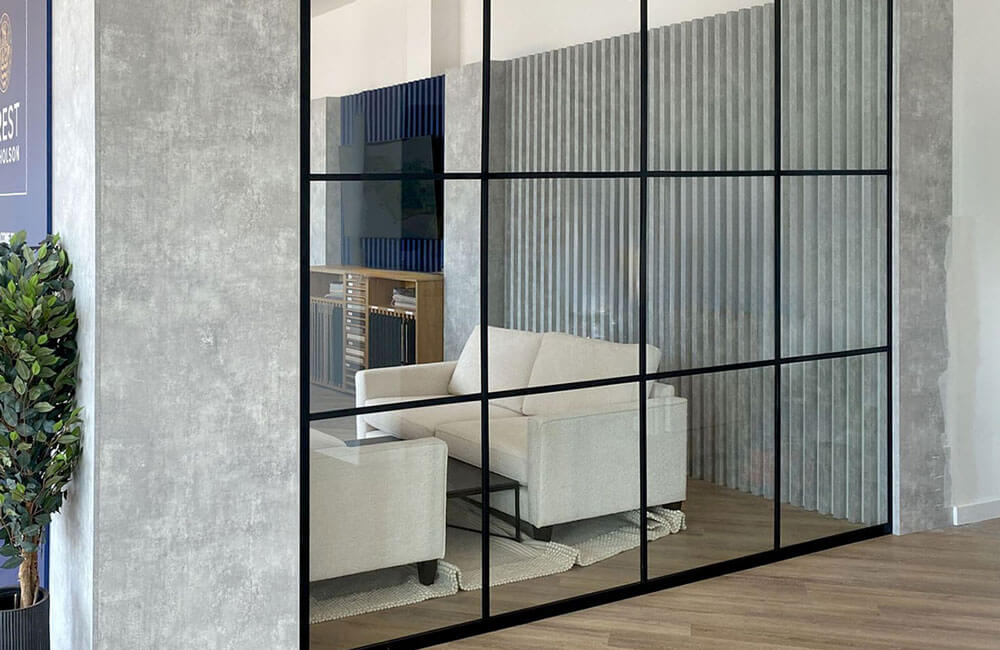As the world faces increasing environmental challenges, the construction industry is turning towards sustainable practices to minimize its impact on the planet. One of the key innovations in sustainable construction is the use of glass panels. These panels not only enhance the aesthetics of buildings but also play a significant role in promoting sustainability. In this article, we will delve into how acrylic glass panels are revolutionizing the construction industry and contributing to a greener future.
The Benefits of Glass Panels in Construction
Energy Efficiency
- Glass panels allow natural light to penetrate buildings, reducing the need for artificial lighting during the day. This not only saves energy but also lowers electricity bills for building owners.
- By harnessing natural light, glass panels can also help regulate the internal temperature of buildings, reducing the reliance on heating and cooling systems. This leads to lower energy consumption and greenhouse gas emissions.
Durability and Maintenance
- Modern glass panels are designed to be durable and long-lasting, requiring minimal maintenance over their lifespan. This reduces the need for frequent repairs and replacements, resulting in cost savings for building owners.
- Glass panels are also resistant to harsh weather conditions, such as wind, rain, and extreme temperatures, making them a reliable choice for sustainable construction projects.
Types of Glass Panels for Sustainable Construction
Solar Control Glass
- Solar control glass is specially designed to reduce solar heat gain in buildings, helping to maintain a comfortable indoor temperature without over-reliance on air conditioning systems.
- This type of glass panel also filters out harmful UV rays, protecting occupants and interior furnishings from sun damage.
Low-Emissivity (Low-E) Glass
- Low-emissivity glass panels have a thin coating that reflects heat while allowing visible light to pass through. This helps to maintain a stable indoor temperature and improve energy efficiency.
- Low-E glass panels are effective in reducing heat loss during colder months and heat gain during warmer months, making them an ideal choice for sustainable construction projects in various climates.
Design Considerations for Glass Panels
Integration with Building Envelope
- When incorporating glass panels into a building design, architects and engineers must consider how they integrate with the overall building envelope. Proper installation and sealing are crucial to ensure energy efficiency and weather resistance.
- Strategic placement of glass panels can maximize natural light penetration while minimizing heat loss or gain, enhancing the overall sustainability of the building.
Insulation and Glazing Options
- Choosing the right insulation and glazing options for glass panels is essential to optimize energy performance. Double or triple glazing, along with insulated frames, can significantly improve the thermal efficiency of buildings.
- Insulated glass panels help reduce condensation and enhance sound insulation, creating a more comfortable and sustainable indoor environment for occupants.
Case Studies: Glass Panels in Sustainable Construction
One Central Park, Sydney
- One Central Park is a landmark sustainable development in Sydney, Australia, known for its innovative use of glass panels to maximize natural light and ventilation.
- The building features a unique heliostat system that reflects sunlight onto the facade, reducing the need for artificial lighting and contributing to energy savings.
Burj Khalifa, Dubai
- The iconic Burj Khalifa skyscraper in Dubai incorporates glass panels in its design to enhance energy efficiency and overall sustainability.
- The high-performance glass used in the building's facade helps regulate indoor temperatures and reduce solar heat gain, making it a model of sustainable construction in a desert climate.
Conclusion
Glass panels are revolutionizing the construction industry by promoting sustainability and energy efficiency in buildings. With the use of innovative glass technologies and design considerations, architects and builders can create greener and more environmentally friendly structures. As the demand for sustainable construction practices grows, glass panels will continue to play a crucial role in shaping the buildings of the future.

